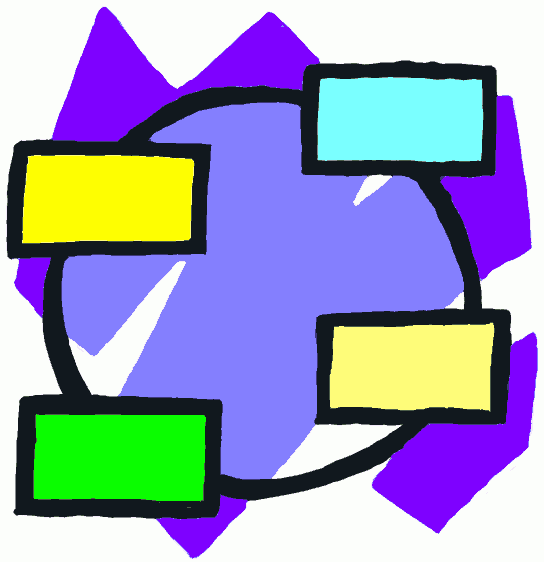RUP "Hump Chart"
IBM Rational Unified Process
The Rational Unified Process (RUP) is more of an software development methodology rather than an architectural framework - however these overlap and in any case RUP might be the preferred way to plan and implement enterprise transformations. RUP was created by the Rational Software Corporation and is now owned by IBM.
Phases
The RUP has a project life-cycle consisting of four phases and although these are presented at a high level in a similar way to a 'waterfall' methodology, the key philosophy of RUP are the iterations of development that lie within all of the phases.
- Inception phase. System scope & budget validation. Production of a basic use case model, project plan, initial risk assessment and project description (requirements, constraints and key features).
- Elaboration phase. Analysis work to mitigate the key risk items - problem domain analysis and [system] architecture.
- Construction phase. Build the software / system.
- Transition phase. Move into production, including testing and training
Building Blocks, Tasks and Disciplines
RUP is based on a set of building blocks what needs to be produced (Work Products), how (Tasks) and by whom (Roles). These include step-by-step explanations describing how specific development goals are to be achieved.
Tasks are categorised into nine disciplines
Engineering disciplines
- Business modelling
- Requirements
- Analysis and design
- Implementation
- Test
- Deployment
Supporting disciplines
Software Engineering Best Practice
Six best practices as described in RUP
- Develop iteratively
- Manage requirements
- Use components
- Model visually
- Verify quality
- Control changes

